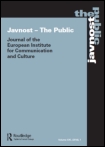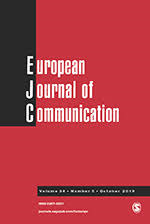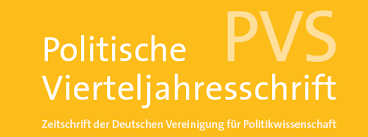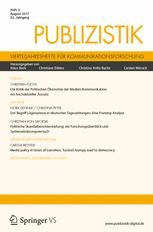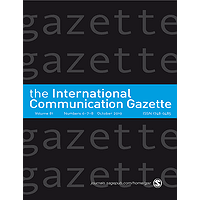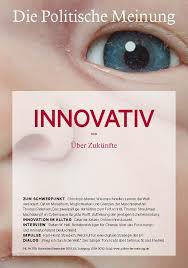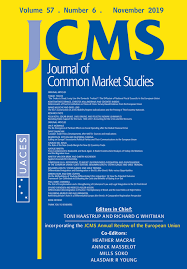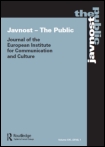Abstract
Eine ganz zentrale Tätigkeit von Journalisten ist die Themenfindung, die sich aus kommunikationswissenschaftlicher Sicht als von verschiedenen Faktoren beeinflusste redaktionelle Themenkonstruktion darstellt. Ziel dieser Studie ist die Identifikation von typischen Mustern redaktioneller Themenkonstruktion in der Europaberichterstattung. Dazu wurden die Autoren journalistischer Artikel interviewt, um aus Akteurssicht die „Biographien“ ausgewählter Artikel der Europaberichterstattung von 23 Tageszeitungen in sechs EU-Mitgliedstaaten zu rekonstruieren. Die Interviews wurden qualitativ und quantitativ inhaltsanalytisch ausgewertet. Mittels Cluster- und Varianzanalysen wurden typische Muster journalistischer Themenkonstruktion identifiziert und ihre Verteilung auf Länder und Zeitungstypen untersucht. Grenzüberschreitend geteilte Praktiken der Themenfindung verweisen auf die Existenz transnationaler Kulturen des Journalismus, die über die grenzüberschreitende wechselseitige Beobachtung der Medien stabilisiert
werden.

Brüggemann, Michael (2012): Transnationale Kulturen des Journalismus. Praktiken journalistischer Themenfindung im Vergleich. In Medien & Kommunikationswissenschaft 60 (Sonderband Nr. 2 Grenzüberschreitende Medienkommunikation, hg. von Hartmut Wessler und Stefanie Averbeck-Lietz), pp. 76–92. Available online at https://www.zora.uzh.ch/id/eprint/69485/.

